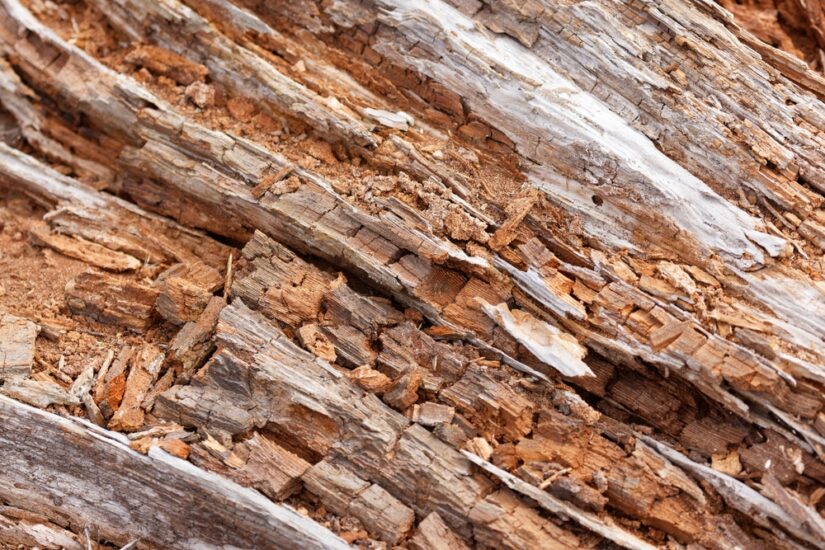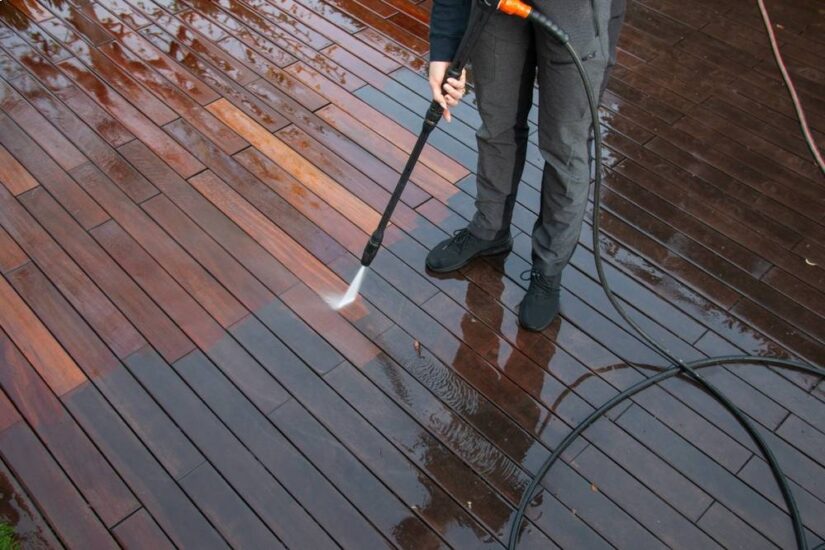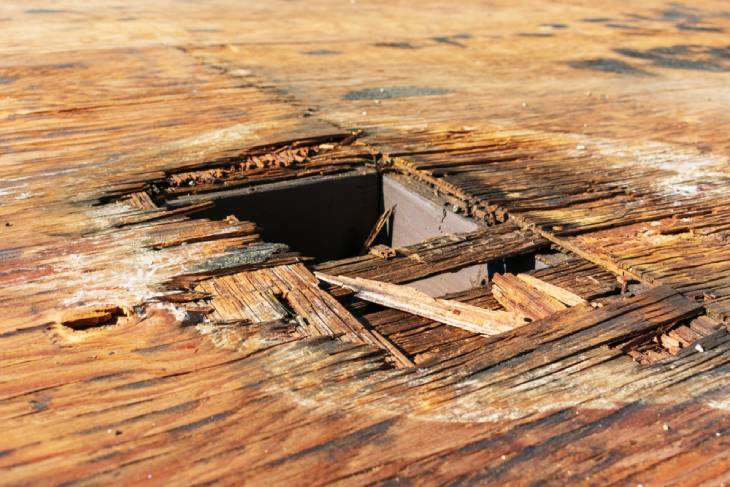How Our Deck Building Services Have Transformed Homes Like Yours | Customer Success Stories
A well-crafted deck can significantly enhance both the beauty and functionality of any home. Got Rot LLC’s deck building services offer homeowners a chance to transform their outdoor spaces into inviting areas perfect for relaxation and entertainment. By choosing Got Rot LLC, customers have found their homes not only improved in appearance but also in […]
Read MoreSigns Your Deck Needs Repair Before It’s Too Late: Essential Tips from Got Rot LLC
Owning a deck involves more than just enjoying a sunny day; it requires regular maintenance to ensure safety and longevity. Spotting early signs of damage can save you from costly replacements and hazardous conditions. Whether it’s subtle changes in the wood or noticeable structural shifts, paying attention to your deck’s condition can prevent minor issues […]
Read MoreHow Our Expert Dry Rot Repair Services Can Save You Money in the Long Run
Dry rot is a silent adversary in many homes, causing significant structural damage if left untreated. While initially it might seem like just a cosmetic issue, dry rot can lead to extensive and costly repairs. Addressing dry rot effectively and promptly can save homeowners thousands of dollars in future repairs. Got Rot LLC specializes in […]
Read MoreWhy Choosing a Professional Deck Repair Service is a Smart Investment
Homeowners often find that decks require more maintenance as time goes by. Wood can warp, nails can pop, and boards can become loose. Hiring a professional deck repair service offers a practical way to extend the life of a deck while avoiding costly mistakes and saving time. This insight draws many to explore professional options […]
Read MoreTop 5 Common Deck Problems and How to Fix Them
Homeowners often cherish their decks as a tranquil extension of their living space, yet these structures require regular maintenance to remain safe and enjoyable. Over time, common issues such as wood rot, loose boards, and fading can arise, posing potential safety hazards. Implementing timely repairs and deck maintenance services can extend the life of a […]
Read MoreHow Long Does a Wood Deck Last?
A wood deck can be a stunning addition to a home, boosting both aesthetic appeal and property value. The lifespan of a wood deck depends on various factors such as the type of wood used, the quality of construction, and the maintenance it receives. On average, a well-maintained wood deck lasts between 10 to 15 […]
Read MoreCan You Treat Dry Rot Yourself?
Yes, you can treat dry rot yourself, but it’s crucial to know when and how to tackle it. Dry rot is a common issue that affects wooden structures, causing them to weaken over time. Identifying the problem early and understanding the treatment methods can save you significant time and effort. Treating dry rot typically involves […]
Read MoreWhat are the Four Stages of Dry Rot?
Dry rot poses a significant threat to timber structures, silently weakening them from within. There are four distinct stages of dry rot: spore germination, hyphae growth, mycelium formation, and fruiting body development. Recognizing these stages can help in the early identification and treatment of this destructive fungal infection. Initially, dry rot begins with spore germination, […]
Read MoreWhy Is My Roof Sagging?
A sagging roof can be a significant concern for homeowners, signaling potential structural issues that need immediate attention. The primary causes of roof sagging include excessive weight from accumulated snow or ice, water damage to the supporting framework, and age-related deterioration. Common signs that your roof may be sagging include uneven rooflines, noticeable dips when […]
Read MoreWhat is Mitigation vs Remediation vs Restoration?
Understanding the distinctions between mitigation, remediation, and restoration is crucial for anyone involved in environmental management or disaster recovery. Mitigation refers to the proactive measures taken to reduce or prevent the impact of potential hazards before they occur. This could involve constructing barriers, implementing better planning practices, or enhancing community preparedness. Remediation, on the other […]
Read More






